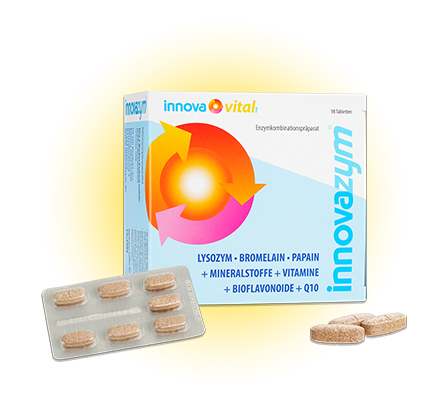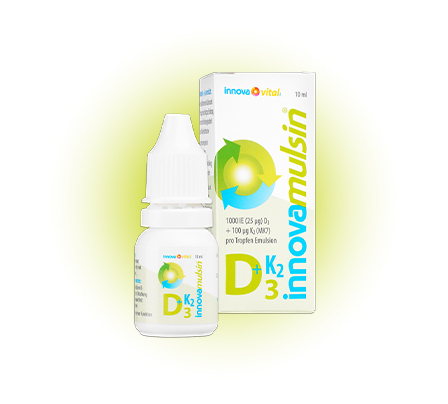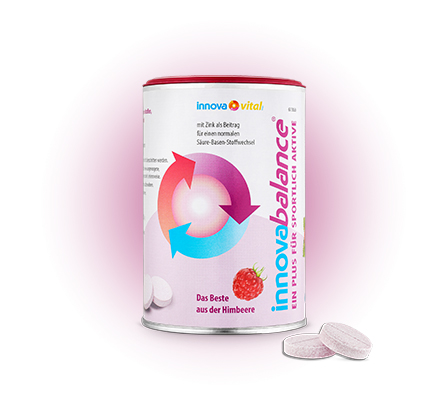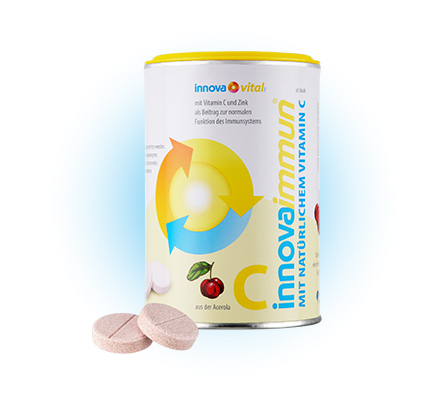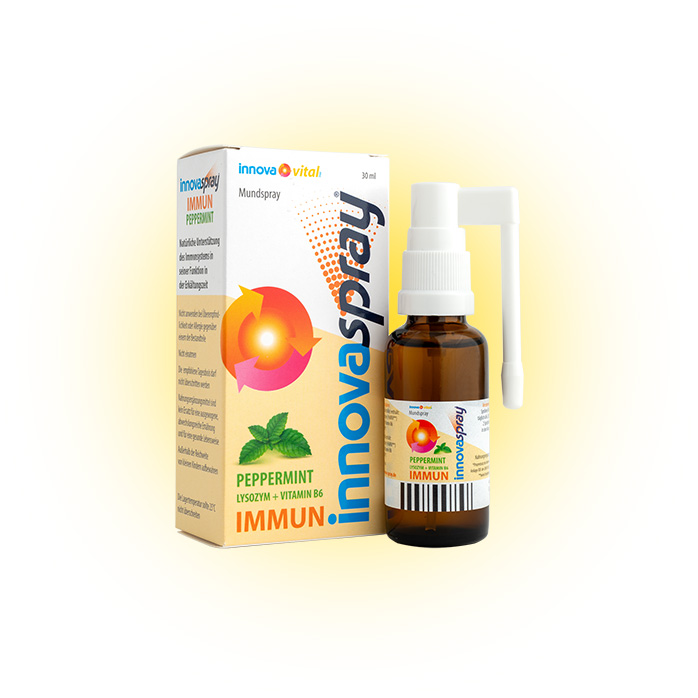The history of lysozyme
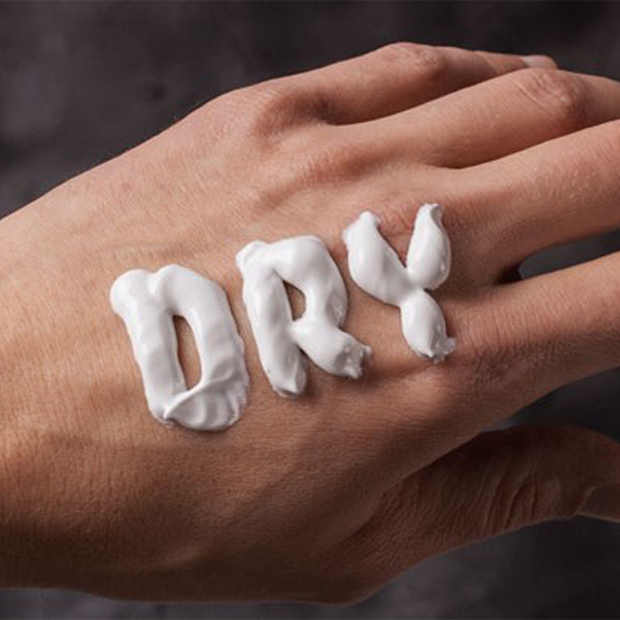
The accidental discovery of lysozyme by Fleming
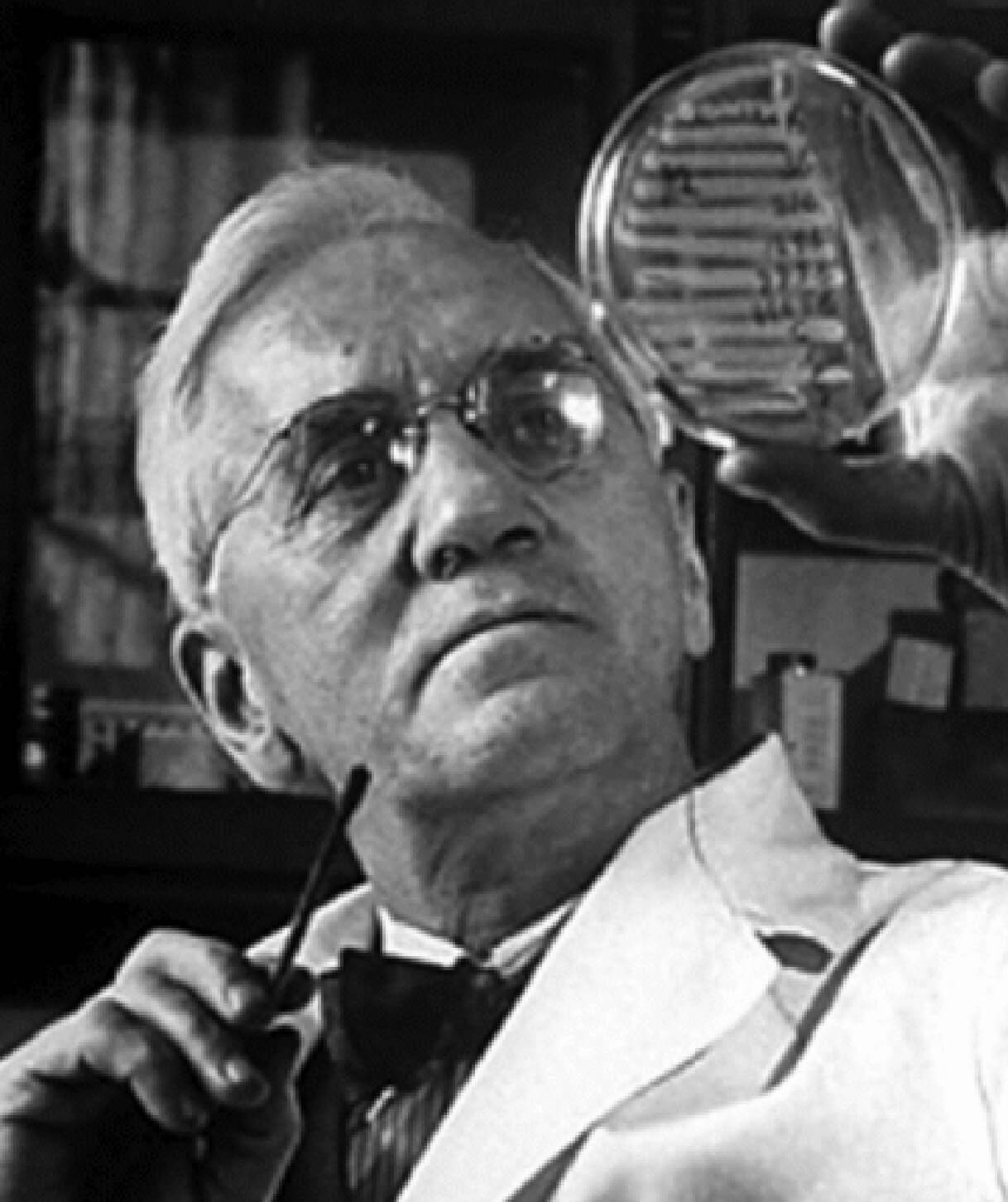
The first antibacterial substance had been found. It is an enzyme that can cleave the cell walls of bacteria. It was called lysozyme, (from lysis = to dissolve and zym, because it is an enzyme). Lysozyme has been found not only in nasal secretions but also in tear fluid. It is also found in milk, blood, leucocytes, sperm, breast milk and in particularly high concentrations in chicken egg white.
Fleming began to examine more closely the tear fluid that volunteers donated to him after they were stimulated to release tear fluid with a few squirts of citric acid. This in turn earned him a cartoon in the hospital newspaper. It showed children coming into Fleming's lab for a few pennies, where one attendant was giving them strokes and another was collecting the tears.
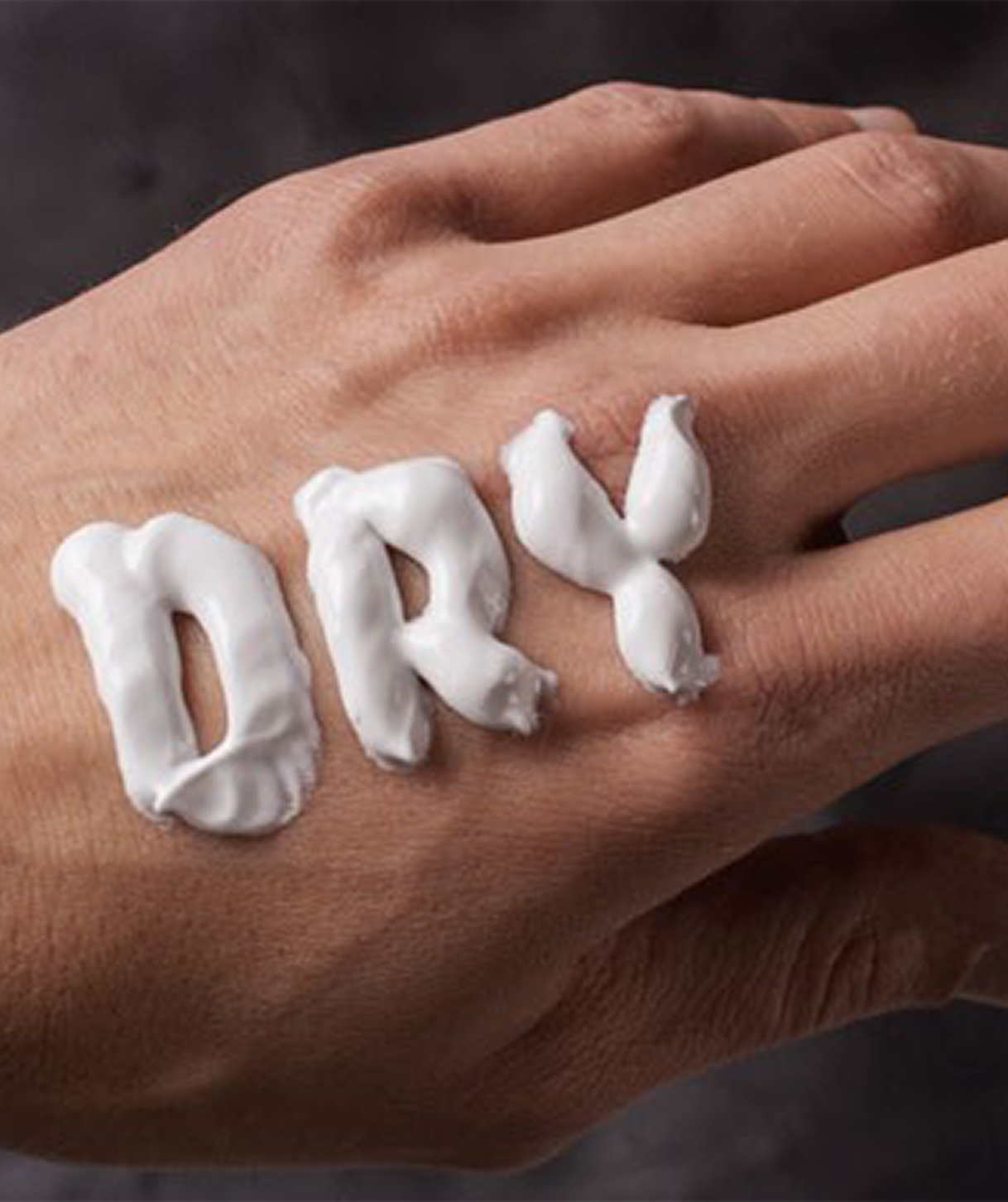
Fleming realised that lysozyme prevents microbes from entering the body.
The lysozyme acts even before the bacteria can enter the organism. Example: A permanent moistening of the eyes with tear fluid (contains muramidase), largely ensures that no bacteria penetrate via the mucous membranes in the eye area. Bacteria that are on the surface of the eye are immediately dissolved and decomposed by the lysozyme.
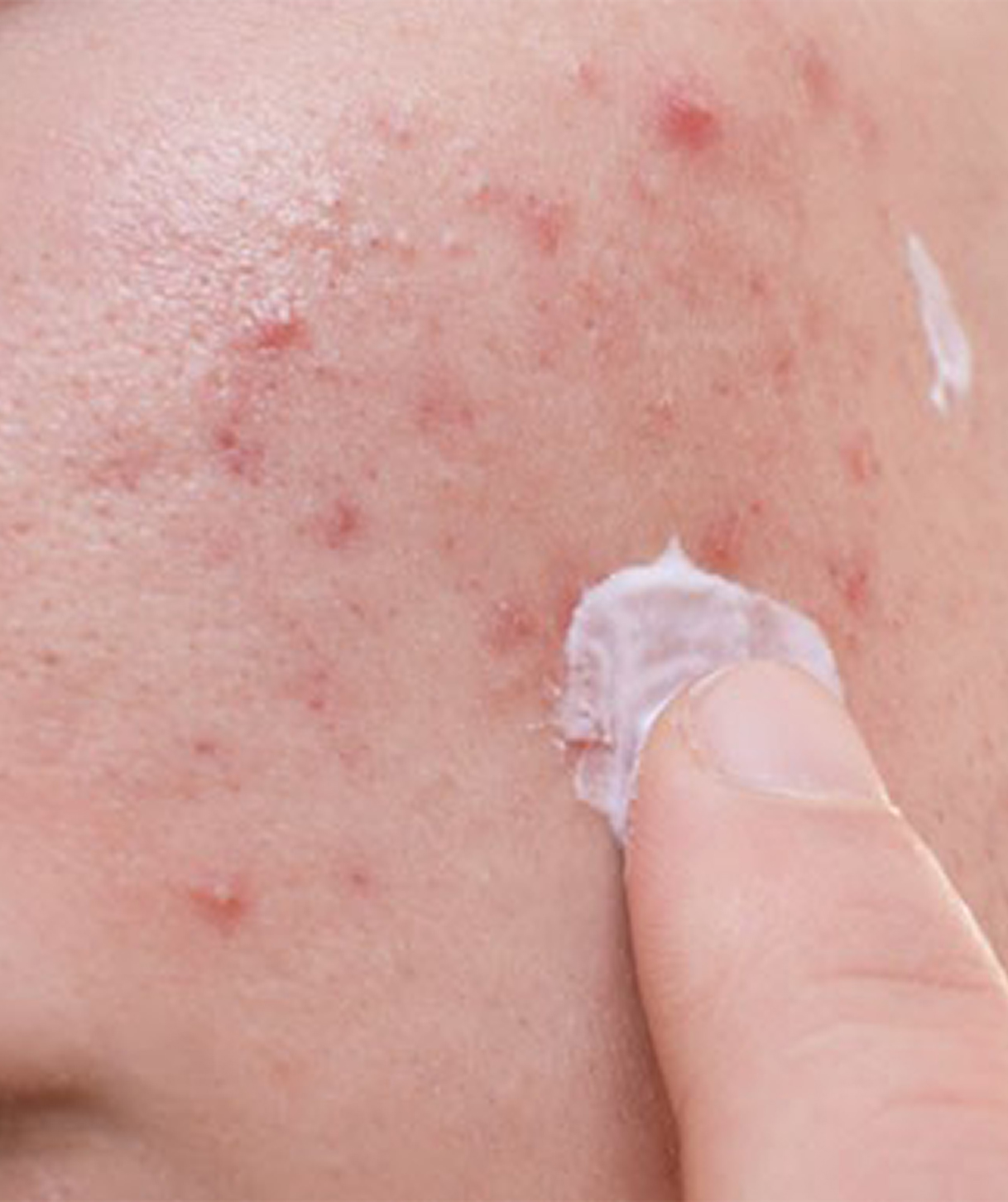
Skin protection
However, the formation of an intact physical barrier is not sufficient for a successful infection defence of the healthy skin and mucosa. Other factors must be added. These include the body's own antibiotics, the antimicrobial peptides, such as lysozyme.

Sources:
https://de.wikipedia.org/wiki/Lysozym
www.lernhelfer.de
We would like to point out that not all statements are accepted by orthodox medicine due to the lack of placebo-controlled clinical studies.

